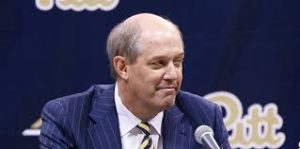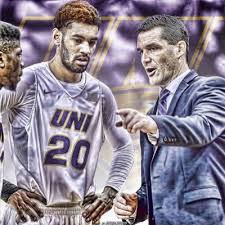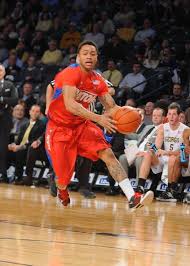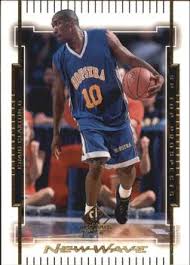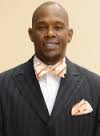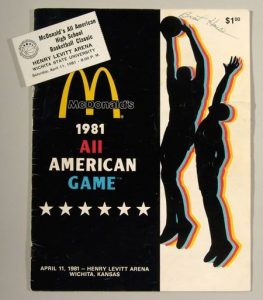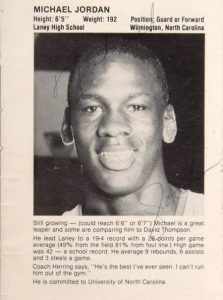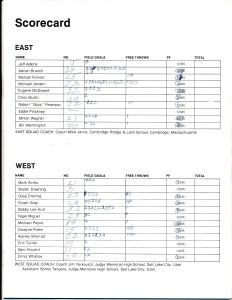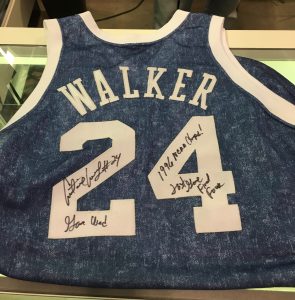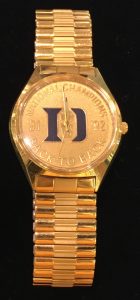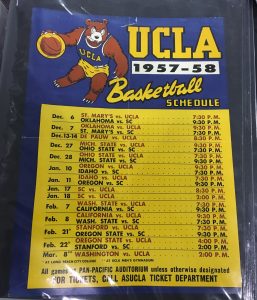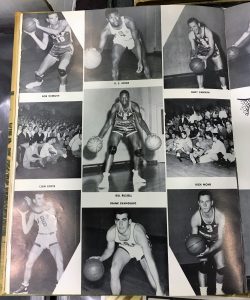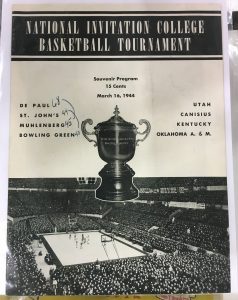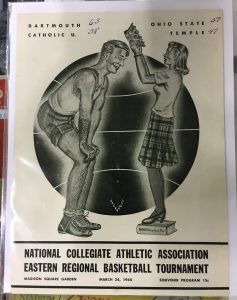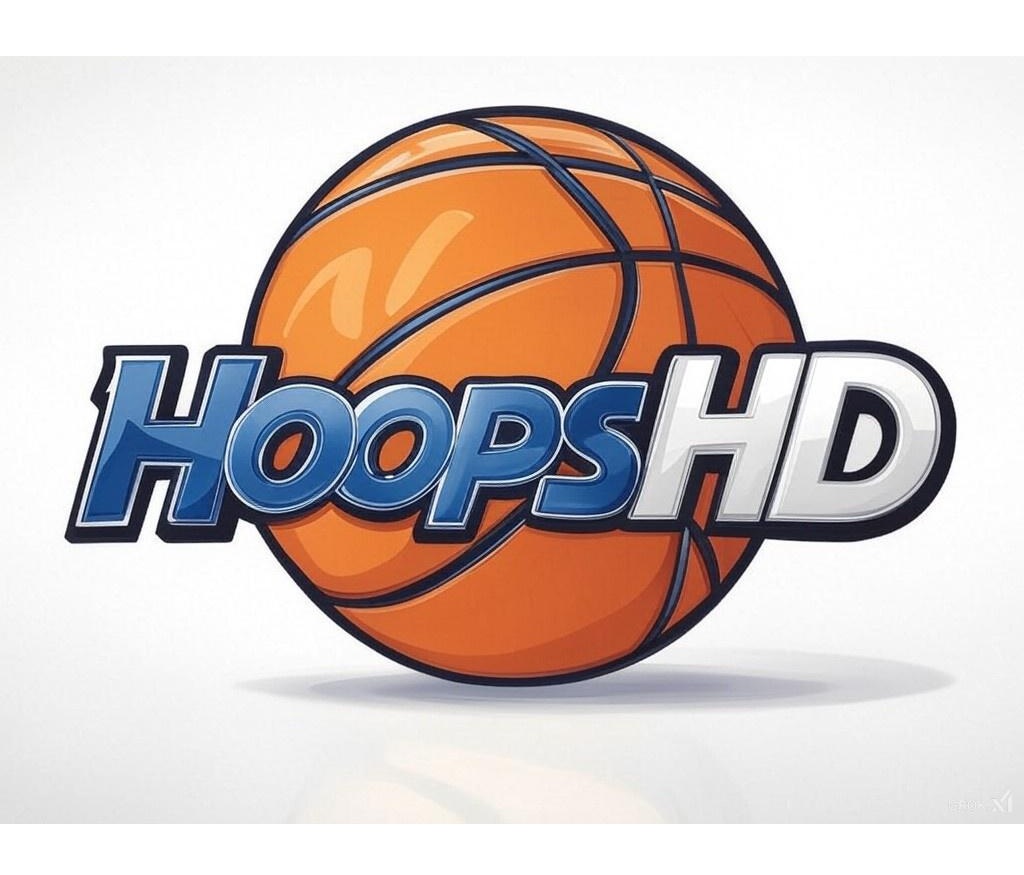CLICK HERE for all of Jon Teitel’s Preseason Articles and Interviews
We continue our 2016-17 season preview interview series with new Pitt head coach Kevin Stallings. His first taste of the Final 4 was as a player for Lee Rose at Purdue in 1980, then made it to the title game as an assistant to Roy Williams at Kansas in 1991. The Panthers needed a new coach after Jamie Dixon headed south to his alma mater of TCU, so they hired the former top guy at Vanderbilt who has made the postseason in 16 of his past 20 seasons. HoopsHD’s Jon Teitel got to chat with Coach Stallings about winning in March and starting a new chapter in the Steel City.
Take me through the 1980 Final 4 as a player at Purdue: It was a long time ago! We were led by Joe Barry Carroll (who ended up being the #1 overall pick that spring) and had to beat Indiana/Duke just to advance to the Final 4. The Final 4 was in Indianapolis so we just got on a bus and drove 75 minutes to get there. I hurt my back in practice the day before the semifinal game and only ended up playing 1 minute in the game due to some back spasms before I was done for the day. We played pretty well in the 3rd place game and beat Iowa, which was the 2nd-to-last year that they held it.
Keith Edmonson scored 23 PTS in a 5-PT loss to UCLA: what sort of a home-court advantage did you have (if any) playing at Market Square Arena? I do not recall the crowd as much because I was so overwhelmed and was in a lot of pain because my back was killing me.
You scored 4 PTS in the consolation game against Iowa: how were you able to stay motivated after losing to the Bruins? Back then it was just an expected part of the Final 4. I remember Coach Lee Rose telling us that he had never told any of his teams previously, but told us to be careful with Hawkeyes guard Ronnie Lester because he had hurt his knee and Coach Rose did not want us to take a chance on injuring his knee any further. It was the 3rd time we played Iowa that season.
You played for Coach Gene Keady before becoming his assistant: what made him such a great coach, and what was the most important thing that you ever learned from him? There were a lot of things that made him great, but 1 was that he had a tremendous feel for how to motivate people and the right thing to say at the right time. He also had a very short memory when it came to certain things and could forgive/forget almost immediately. If a player did something poorly or if I screwed up the scouting report as an assistant he would get over it quickly and not dwell on it. He had a great feel for people: he could touch everyone in the room. It felt like he was talking only to you but then you would walk out of the room and 5 other guys would say they felt the same way. It was an amazing skill/ability: he could do it time and time again.
In the 1991 NCAA title game as an assistant coach to Roy Williams at Kansas, you had a 7-PT loss to Duke and Coach Mike Krzyzewski: could you have ever imagined that 25 years later you would be in the same conference as those 2 coaching legends? I always thought that I would become a head coach but never thought about who I might or might not be in the league with. It is a privilege to be with guys like that in the ACC, but we had great coaches in the MVC like Jim Crews/Tubby Smith and then obviously Billy Donovan in the SEC. When you walk into a league with 4 guys already in the Hall of Fame, that is about as good as it gets.
In the 1998 NCAA tourney as coach at Illinois State, Dan Muller scored 8 PTS including a layup with 2 seconds left in a 1-PT OT win over Tennessee: where does that rank among the most clutch shots that you have ever seen? The thing that I liked about that play more than anything else was that Tennessee had scored on the previous possession to take the lead with 17 seconds left after the refs missed a charging foul. I had a veteran group and with that kind of time I felt that our guys would have enough time to find the right shot, so I did not call a timeout. We were down 1 in the final seconds of OT but we came down and were very calm. The possession was so beautiful: we worked the ball around and had a kid take off on a baseline drive, and when Dan’s man stared at the ball and stopped coverin him, Dan just cut to the basket for the most wide-open layup of all time! What I remember the most is that he laid it in with 1.7 seconds left: 4 guys jumped up and down and started to celebrate while Dan (a 2-time Academic All-American) snapped his head around to look at the scoreboard and sprinted back to play defense. Tennessee had no timeouts but was able to take a 30-footer from the hash mark and Dan almost blocked it. Fortunately I had 1 guy that did the right thing on both ends of the court.
In the 2004 NCAA tourney as coach at Vanderbilt, Matt Freije scored 31 PTS in a 2-PT upset of #3-seed NC State: how were you able to overcome an 11-PT deficit in the final 3 minutes? We had a ton of adversity that year due to a lot of things. Matt is still probably the best leader that I have ever coached: he never let our guys stop playing and he heated up to get our mojo going in the 2nd half. I think NC State tightened up when we closed the gap, and their best player (Julius Hodge) fouled out with about 4 minutes left, so their go-to guy not being there caused even more tightness. Ironically, Dan Muller was my assistant coach at that point. We had the ball down by 1 PT with 30-40 seconds left, and he came up behind me and told me to run “Circle”, which was a backdoor play we had. Without even thinking I yelled out “Circle”, and Corey Smith made a 3-PT play to go up by 2 PTS and ended up winnig the game. Dan made a layup to win 1 tourney game and called the game-winning play in another!
You have made the postseason in 16 of your past 20 years on the sideline: how have you been able to remain so consistent over such a long period of time? I had great mentoring from Gene Keady/Roy Williams, and those fundamentals/basics have carried me throughout my coaching career both on and off the floor. I have had great assistant coaches and we have been able to get really good players. When you have a good plan and good people, that is the best you can do to set yourself up for success.
In March you were named head coach at Pitt after spending the past 17 years at Vanderbilt: how is the transition going so far? I have really enjoyed the 1st few months on the job and enjoyed the people. It is a different “sell” here than at Vandy, and I am really enjoying the differences as well as the progressive/aggressive vision that exists within the university/athletic department. We have every chance for success here due to our resources/great people in place.
You have an impressive coaching tree: how do you think that your former assistant Tim Jankovich is going to do as the new coach at SMU, and are we going to see the Mustangs on your schedule anytime soon? I do not know about the scheduling piece, but I think that Tim will do very well there. Everyone knows that Larry Brown is a terrific coach, and I think that Tim has been a large reason why they have been extraordinarily successful already.
What are your goals for the upcoming season, and what are your expectations for the upcoming season? My goal is for our team to have the most memorable season/basketball experience of these players’ lives. I hope we can win a lot of games and then do something special in March. My goals always revolved around their experience, and I know that winning provides a greater experience than losing. I expect us to play with great energy/effort and an obvious selflessness, as well as a tenacity/toughness that is representative of the city/university.

